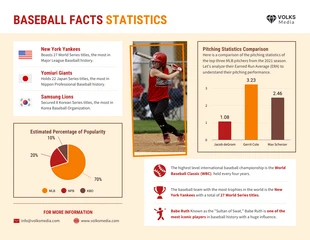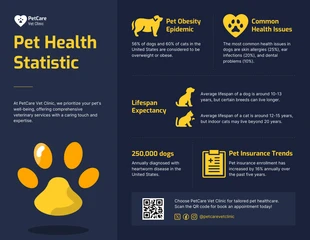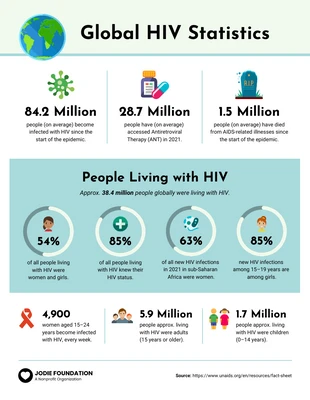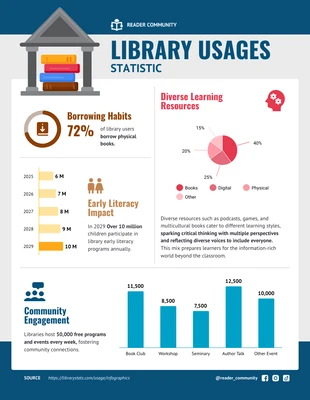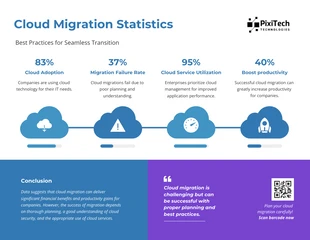
RTP Statistics Infographic Template
Explain real-time transport protocol statistics, their categories, and their importance by editing this RTP statistics infographic template.
100% customizable templates
Millions of photos, icons, charts and graphics
AI-powered editing features
Effortlessly share, download, embed and publish
Easily generate QR codes for your designs
- Design stylemodern, fun
- Colorsvibrant
- SizeLetter (8.5 x 11 in)
- File typePNG, PDF, PowerPoint
- Planbusiness
Real-time Transport Protocol (RTP) is a standard network protocol for delivering audio and video over IP networks. RTP provides end-to-end network transport functions for applications running on UDP/IP and TCP/IP. RTP statistics are metrics used to measure the quality of an RTP connection. These metrics can troubleshoot issues with RTP connections or monitor the health of an RTP connection over time. RTP statistics are divided into two categories: session-level and stream-level. Session-level statistics provide information about the overall quality of an RTP connection. Stream-level statistics provide information about the quality of individual RTP streams. There are a variety of RTP statistics that can be measured. Some of the most common ones include packet loss, jitter, latency, and mean opinion score (MOS). Statistics play an important role in the field of telecommunications, as they can be used to help assess the quality of service that a network is providing. By analyzing RTP statistics, telecommunication engineers can identify areas where the network may be experiencing problems and take steps to correct them. Additionally, RTP statistics can be used to evaluate the performance of different types of

